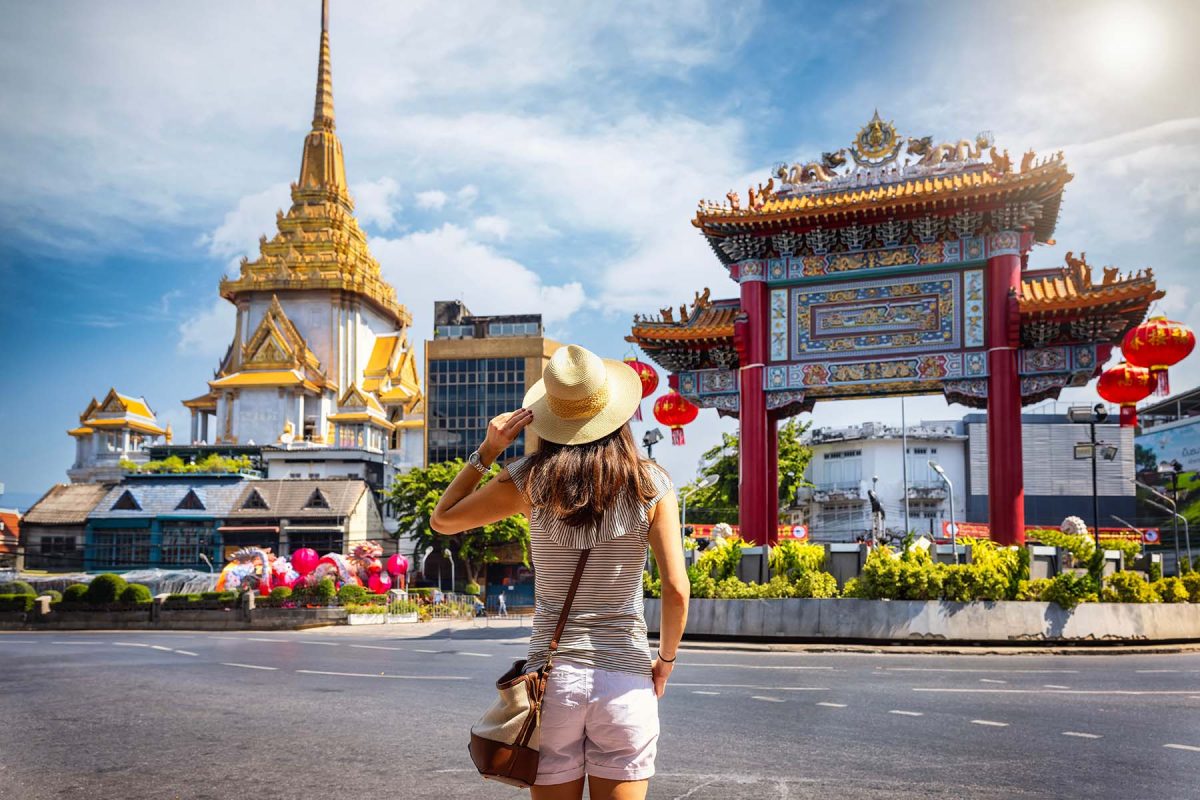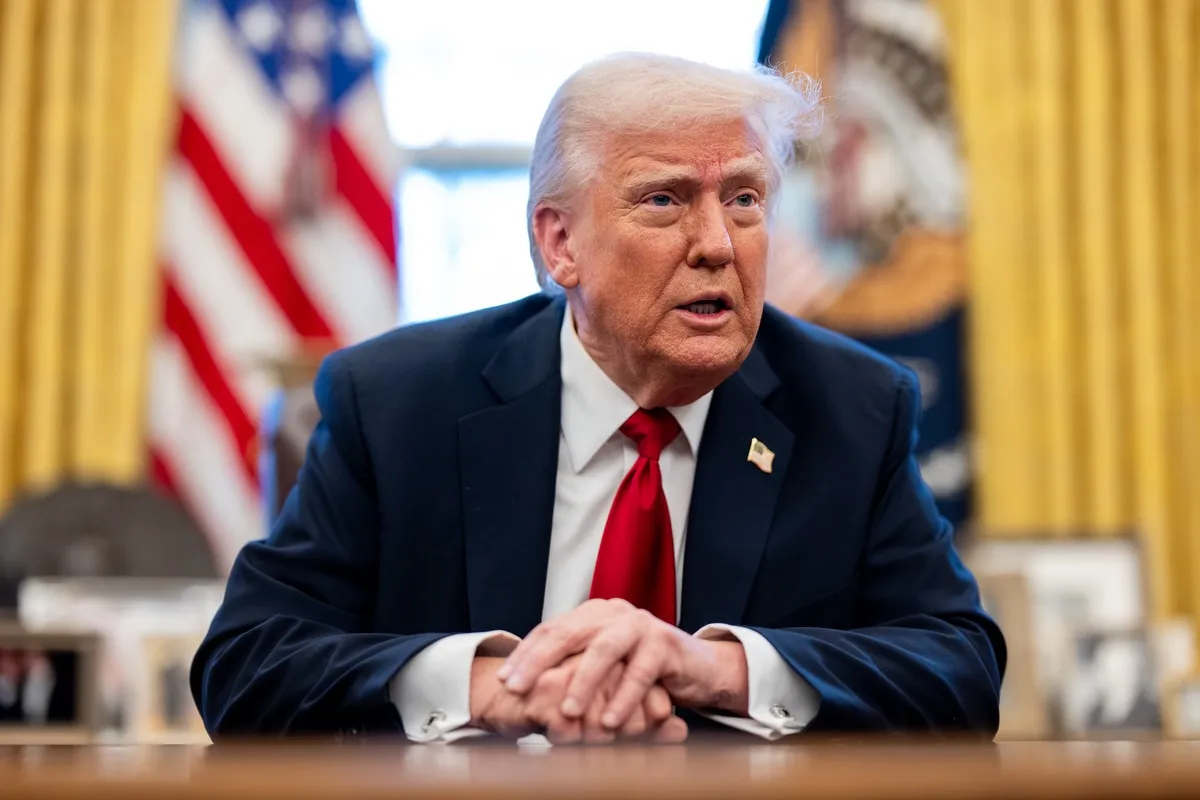Building Better Travel Loyalty Programs With Insights From Amazon and Expedia Group’s One Key Program

Skift Take
This sponsored content was created in collaboration with a Skift partner.
The fact that loyalty programs are on the rise with consumers presents a significant opportunity for many advertisers1. In the travel space specifically, brands have had to rethink their approach to consumer loyalty to respond to changing preferences, habits, and routines while also working to rebound from the impacts of the pandemic.
In recent months, many travel brands have adjusted their benefits programs to promote flexibility and choice. That’s because today’s travelers increasingly prioritize booking opportunities that offer expanded benefits and fewer restrictions. Consumers have come to expect that plans can change at a moment’s notice, and they want to participate in loyalty programs while having the freedom to rearrange their schedules or change their minds when necessary. Consumers also prioritize brands they know they can trust, especially for higher-priced experiences like travel.
“As consumers are discovering — or rediscovering — their loyalty preferences, ensuring travel loyalty programs can address this change is critical to reaching and engaging today’s travelers,” said Meg Maginnis, head of travel advertising at Amazon Ads.
As travel brands evolve their loyalty offerings in the year ahead to meet these shifting demands, what best practices will they need to remember? And how can ad solutions like those offered by Amazon help these brands connect with the most engaged travelers likely to respond to their new loyalty offerings? Below are some tips from a recent campaign from Expedia Group.
Making Travel Loyalty Programs More Rewarding
“The average person makes thousands of choices per day,” Maginnis said. “Consumers need help lowering their cognitive load. That’s why it’s a good idea for travel brands to ensure their loyalty programs are easy to use. Benefits that actually help consumers in their daily lives will help differentiate and distinguish the most valuable loyalty programs from their competitors.”
At the same time, consumer expectations are higher than ever. “‘Fewer, bigger, better’ is a phrase we often hear marketers use to describe their marketing strategy, and it’s a trend we’ve noticed in how consumers are approaching loyalty and subscriptions,” Maginnis said.
For example, when Expedia Group found that 83 percent of travelers weren’t traveling enough to earn status or meaningfully benefit from other loyalty programs, they jumped at the opportunity to fill that gap2.
“No one wants to join a rewards program where it’s difficult to access and take advantage of the benefits,” said Jochen Koedijk, senior vice president, marketing channels and technology, Expedia Group. “One Key is free to join, and members start accessing member prices immediately. Lowering the requirements to reach each membership tier means travelers can start earning OneKeyCash and reaping the benefits of the program faster.”
“People also don’t travel as frequently as they might visit a retail store or their favorite coffee shop, so it’s important that when they’re coming to our brands, they have a great, rewarding experience that makes them want to travel with us again," Koedijk added.
Amazon has taken a consumer-centric, insight-led approach to ensuring its offerings evolve to keep up with consumers’ shifting preferences and new technologies. Maginnis believes this approach could also inspire travel brands to build impactful loyalty programs. Here are three things Maginnis suggests travel brands consider:
- Listen to your consumers: Make it clear why consumers should choose your brand loyalty program over the many other choices they face on every channel, every day.
- Use insights to tailor your offering: Use first-party insights to help tailor consumers’ relationship to your brand. Every brand should have its own definition, and it’s important to get this right from a creative messaging standpoint.
- Don’t overlook the importance of Gen Z: There’s a whole new cohort of people who weren’t making their own travel decisions before the pandemic but are now excited to travel independently. Ensuring your messaging speaks to this generation (or prepares to speak to them in the future) is essential for longevity.
Along the way, travel brands must remember to stay nimble, even when implementing these steps. Trial and error are a vital part of the process, and the strongest loyalty programs will be built by brands willing to adapt constantly in response to their results.
Connecting With Relevant Audiences
The ability to be nimble is important to any loyalty program, as is the marketing strategy employed to promote it. Even though travel companies are focused on selling experiences over physical products, Amazon is poised to help them connect with a more engaged and loyal audience.
According to a third-party survey conducted by the MRI Group, Amazon-connected audiences (Amazon shoppers who own an Echo and Fire TV device) may be more sophisticated travelers willing to spend more on travel, pay more to stay at their preferred hotels, or fly with their favorite airline compared to average survey respondents3. These consumers comprise a relevant audience for travel brands like Expedia Group to consider as potential loyalty program members:
- Prefer to book online: Amazon-connected audiences are 39 percent more likely to have used a travel booking site in the last month compared to average survey respondents.
- Appreciate convenience: They are 48 percent more likely to have used an online travel site to book their entire trip (flight and hotel).
- Deeply loyal: They are more than 43 percent more likely to belong to both an airline frequent flyer program and a hotel loyalty program.4
Expedia Group worked with Amazon Ads to run a streaming TV campaign to help promote its One Key loyalty program, which is designed to prioritize simplicity and flexibility. Members have multiple ways to earn and use on Expedia, Hotels.com, and Vrbo, with an easy-to-understand rewards currency, OneKeyCash, unifying the experience. One Key is also the only loyalty program that allows travelers to earn and use on vacation rentals, specifically.
Building upon that activation, Expedia Group wanted to test reaching consumers during high-traffic holiday shopping periods, and ran a Black Friday and Cyber Monday campaign with Amazon Ads promoting travel deals for members of its One Key program.
“The average booking value of the site was higher than comparable seasonal promotions, validating our theory that Amazon reaches relevant audiences for our travel partners and giving us strong insights to build on for future campaigns with Amazon,” Koedijk said.
For more hospitality marketing trends and insights from Amazon Ads, click here.
This content was created collaboratively by Amazon Ads and Skift’s branded content studio, SkiftX.




